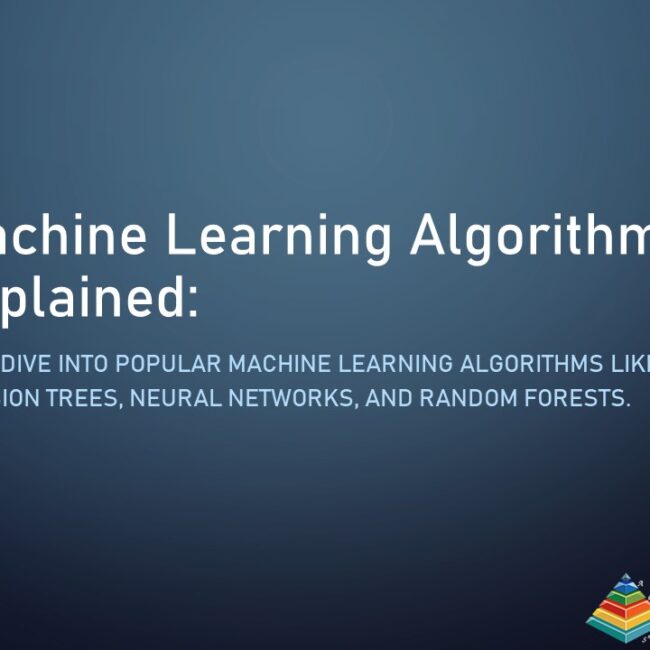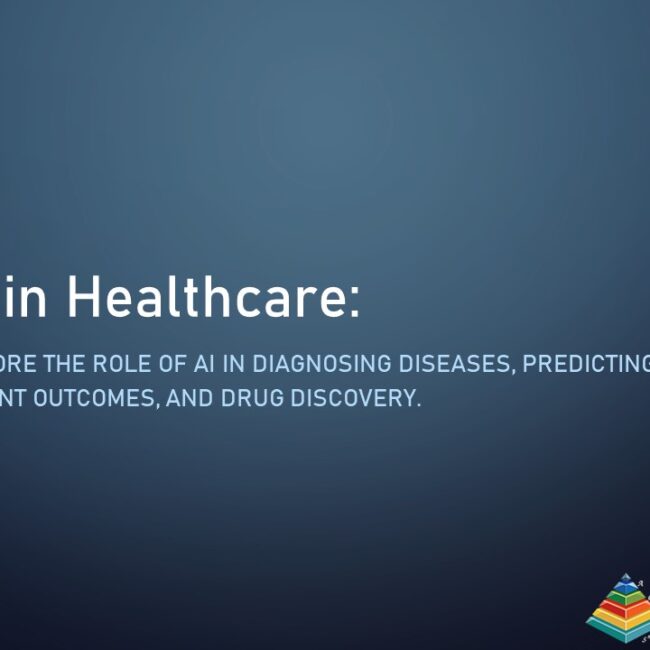
Unlocking the Power of NLP: Applications in Chatbots, Sentiment Analysis, and Language Translation
Introduction
Natural Language Processing (NLP) is a subfield of artificial intelligence that focuses on the interaction between computers and human language. In recent years, NLP has seen remarkable advancements, leading to transformative applications in various domains. In this blog, we’ll explore how NLP is leveraged in chatbots, sentiment analysis, and language translation, revolutionizing communication, customer service, and global connectivity.
NLP in Chatbots
1. Virtual Assistants: Chatbots, powered by NLP, serve as virtual assistants. They can answer questions, schedule appointments, and even provide product recommendations. Examples include Amazon’s Alexa and Apple’s Siri.
2. Customer Support: NLP-driven chatbots are extensively used in customer support. They can handle routine queries, troubleshoot problems, and provide 24/7 assistance, ensuring a seamless customer experience.
3. Personalization: Chatbots use NLP to understand user preferences and tailor responses accordingly. This personalization enhances user engagement and satisfaction.
4. E-commerce: In online shopping, chatbots help customers find products, check availability, and provide information about shipping and returns. They can significantly improve the shopping experience.
Advantages:
- Scalability: Chatbots can handle a large volume of inquiries simultaneously.
- Consistency: They provide consistent responses and are not affected by human factors like mood or fatigue.
- Cost-Efficiency: Using chatbots reduces the need for human customer support agents.
Challenges:
- Contextual Understanding: Understanding context and user intent accurately can be challenging for chatbots.
- Emotion Recognition: Detecting user emotions and responding empathetically is still an evolving area of NLP.
NLP in Sentiment Analysis
1. Social Media Monitoring: Companies use sentiment analysis to track and analyze public sentiment on social media. This information is invaluable for brand management and product improvement.
2. Product Reviews: Sentiment analysis is applied to product reviews and feedback to gauge customer satisfaction and identify areas for improvement.
3. Customer Feedback: In customer service, businesses use sentiment analysis to assess feedback and detect issues, ensuring proactive problem-solving.
4. Political Analysis: Sentiment analysis is used in political campaigns to understand public opinion and gauge the effectiveness of campaign strategies.
Advantages:
- Real-Time Insights: Sentiment analysis provides real-time feedback, allowing organizations to respond promptly to emerging issues.
- Data-Driven Decision Making: It assists in data-driven decision-making by quantifying subjective information.
Challenges:
- Sarcasm and Irony: Detecting sarcasm and irony in text can be difficult for sentiment analysis models.
- Language Variability: Models may perform differently across different languages and dialects.
NLP in Language Translation
1. Cross-Cultural Communication: NLP-driven translation tools like Google Translate enable people to communicate seamlessly across language barriers, facilitating global business and diplomacy.
2. Content Localization: Businesses use NLP for content localization, adapting websites, marketing materials, and product information to target specific linguistic and cultural audiences.
3. Literature and Research: Language translation tools assist researchers, academics, and students in accessing a vast amount of knowledge available in various languages.
4. Travel and Tourism: Translation apps help travelers navigate foreign countries, read signs, and interact with locals.
Advantages:
- Global Reach: NLP translation tools provide access to a worldwide audience.
- Efficiency: They save time and resources that would be required for manual translation.
Challenges:
- Accuracy: NLP translation models may not always provide perfect translations, especially for idiomatic expressions.
- Contextual Understanding: Translating context and nuance accurately remains a challenge.
Conclusion
NLP is at the forefront of technological innovation, enhancing communication and understanding between humans and machines. The applications of NLP in chatbots, sentiment analysis, and language translation continue to evolve, offering new possibilities for businesses, researchers, and individuals. As NLP technology advances, we can anticipate even more powerful and accurate language processing tools that will further bridge linguistic and cultural gaps in our increasingly interconnected world.


